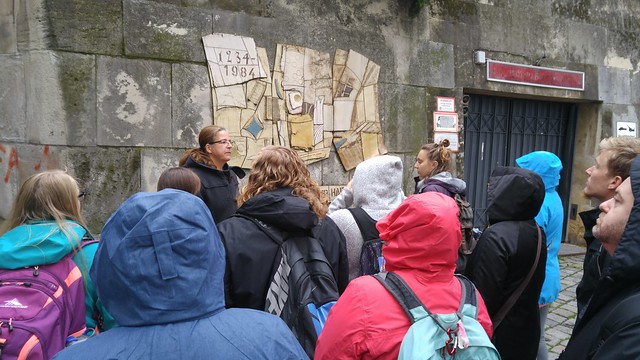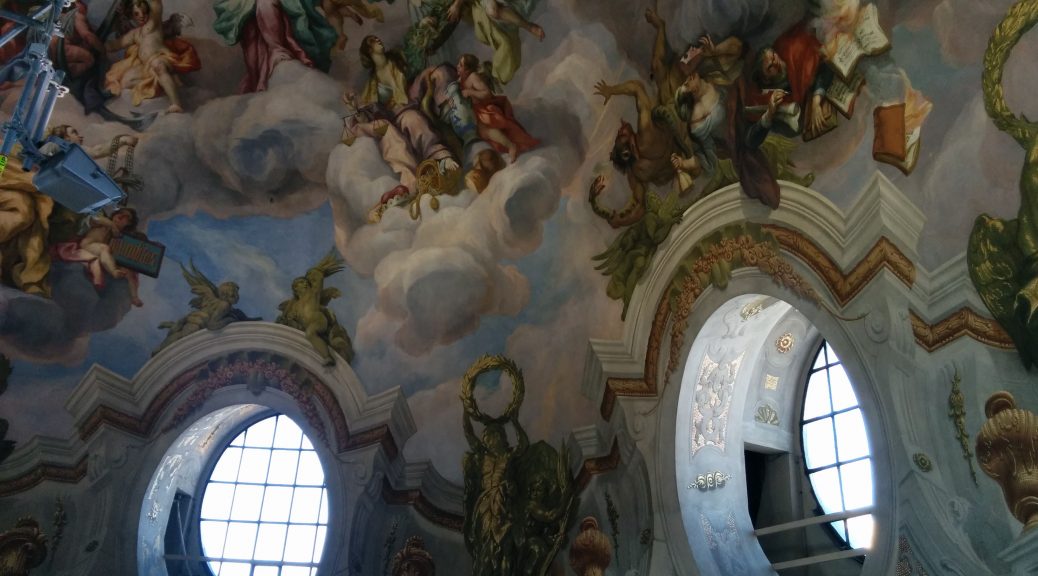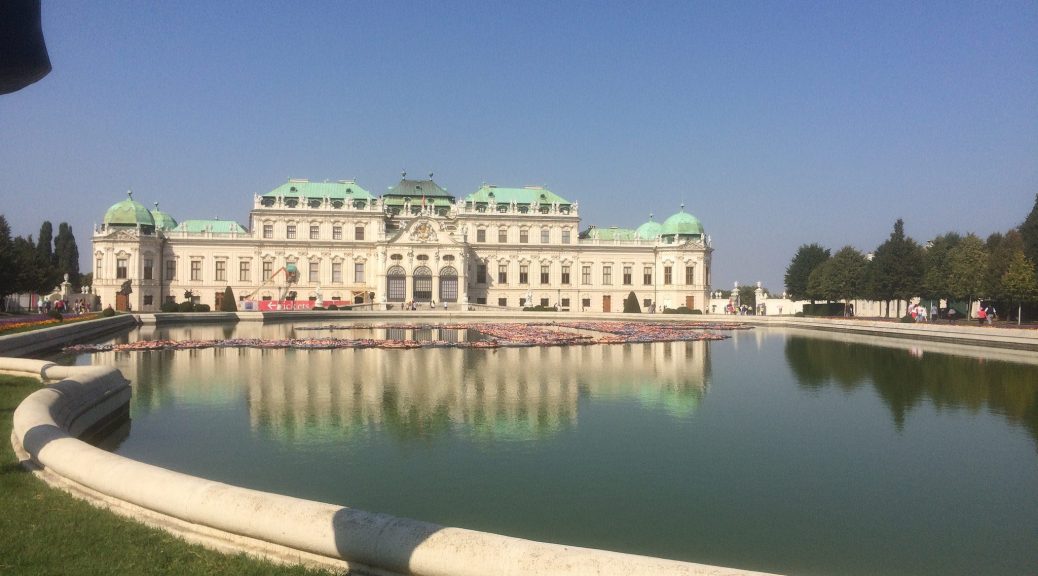First explorations in Vienna
13 May 2017
Overall the past six days have been crazy and fun. I chose to go on this trip to experience traveling across the world for the first time. My second trip via plan e was a lot better than my first, less motion sickness and more sleep than I thought. Going through customs for … Continue Reading ››




